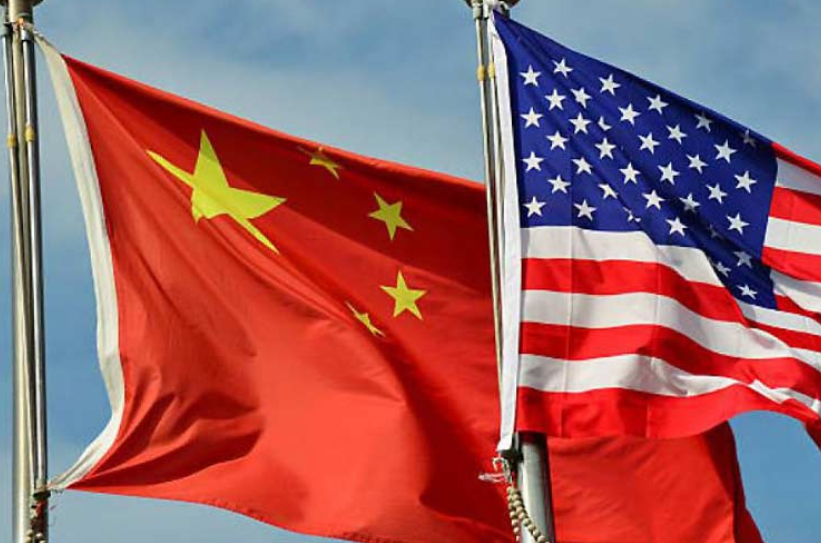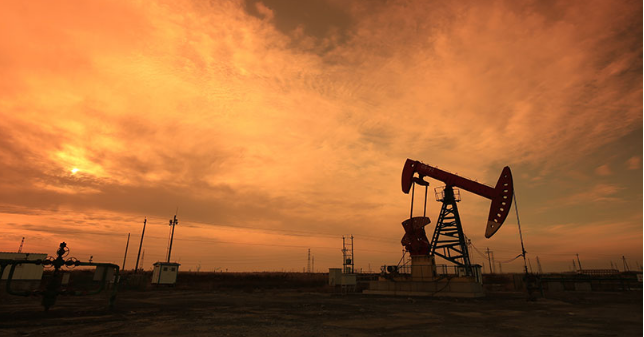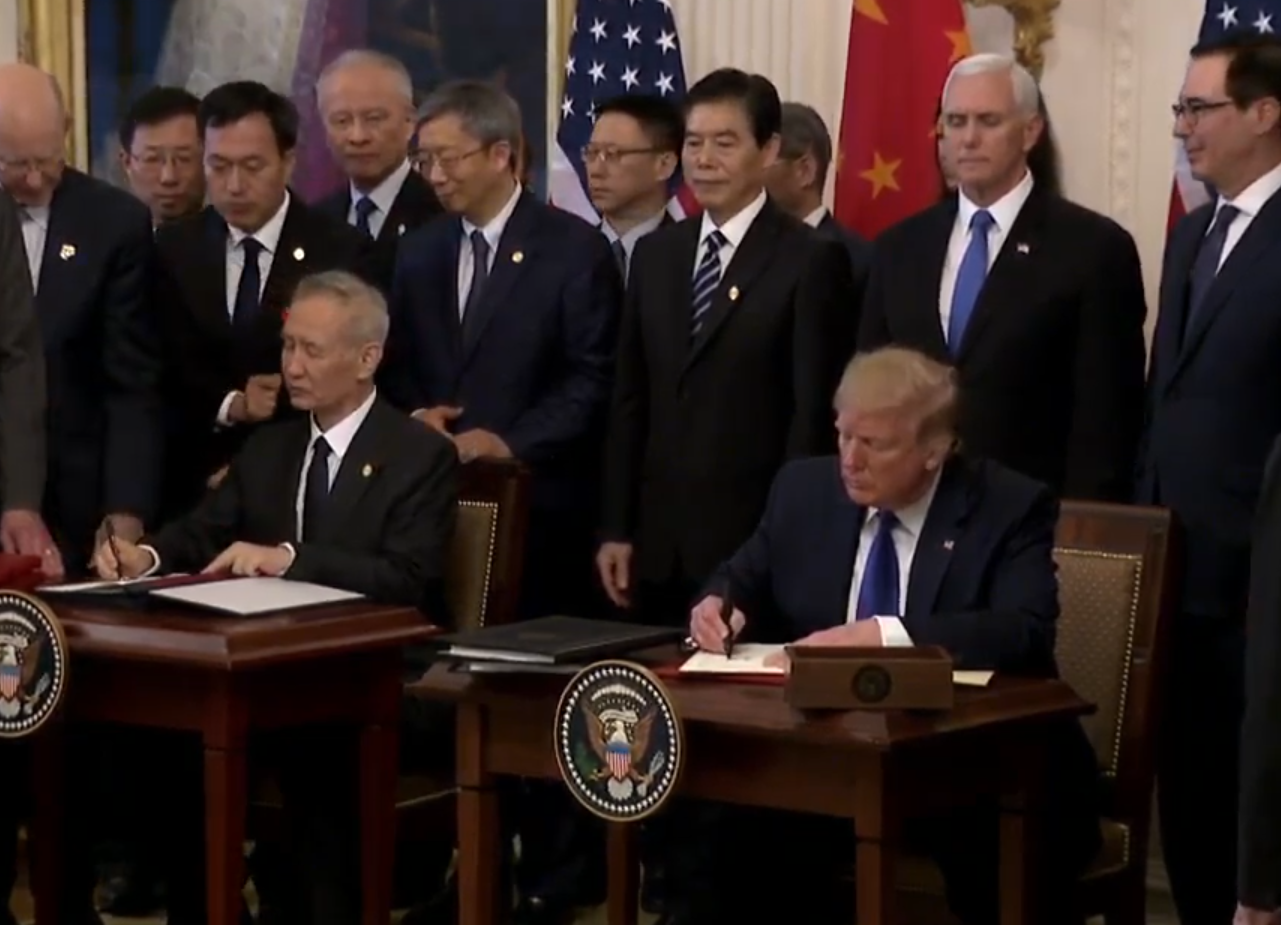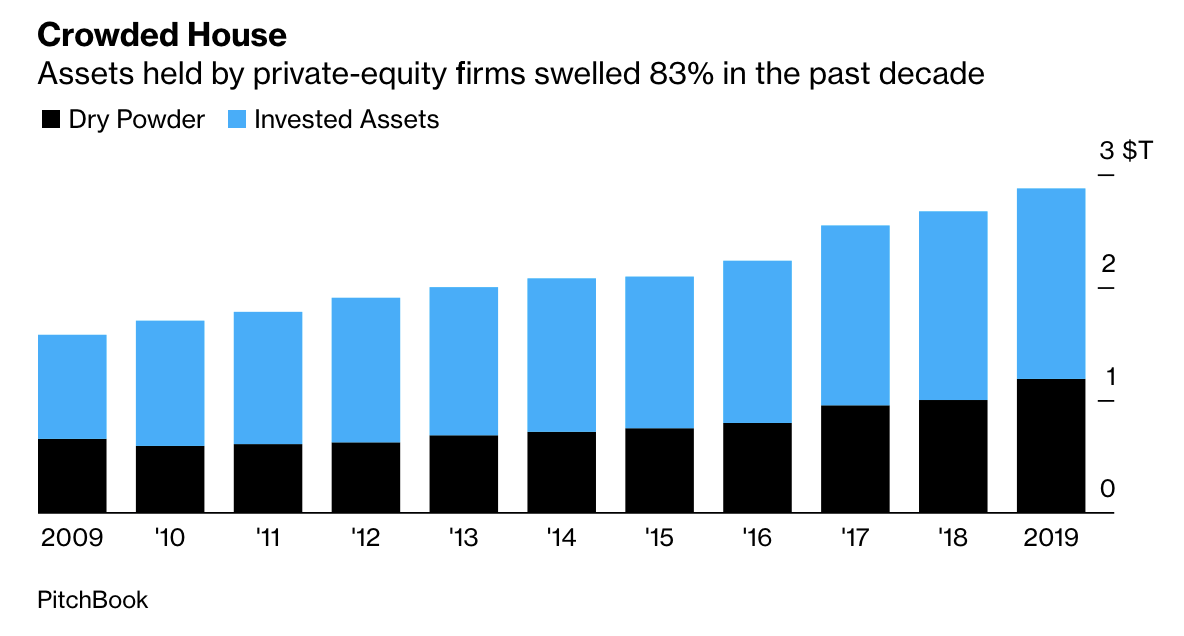Global Times reports, citing commentary by Chinese analysts on the matter

The report says that local experts believe that the Phase One trade deal reflected what Chinese officials have been stressing – that any agreement must be balanced and fair.
“Price of these US products are very competitive so we can’t say China has been taken advantage of.. The agreement also includes terms about the US ensuring market supply, which could mean the US lifting bans on chip exports to China. If that is the case, there is huge potential as China imports $300 billion worth of chips each year.”





